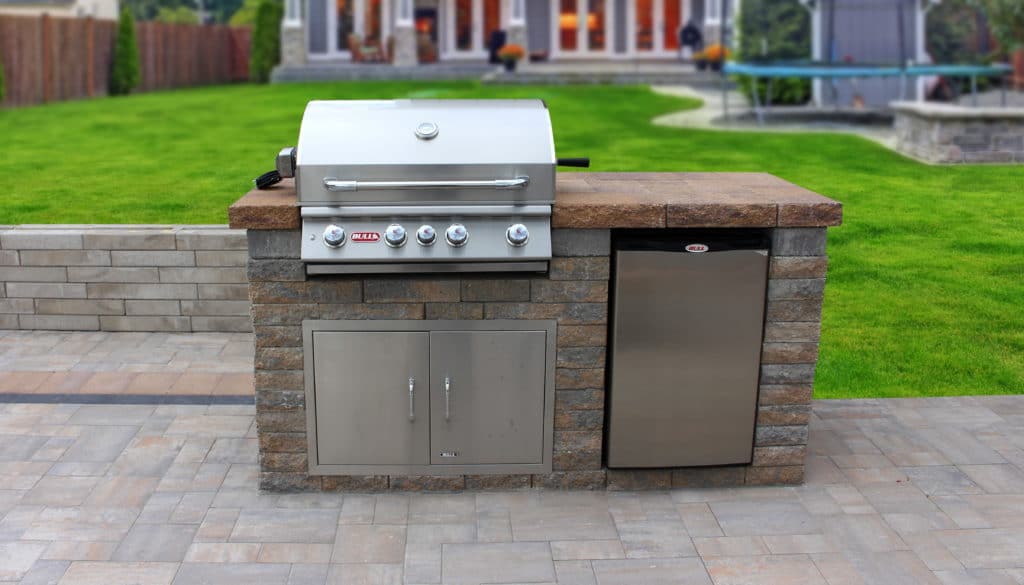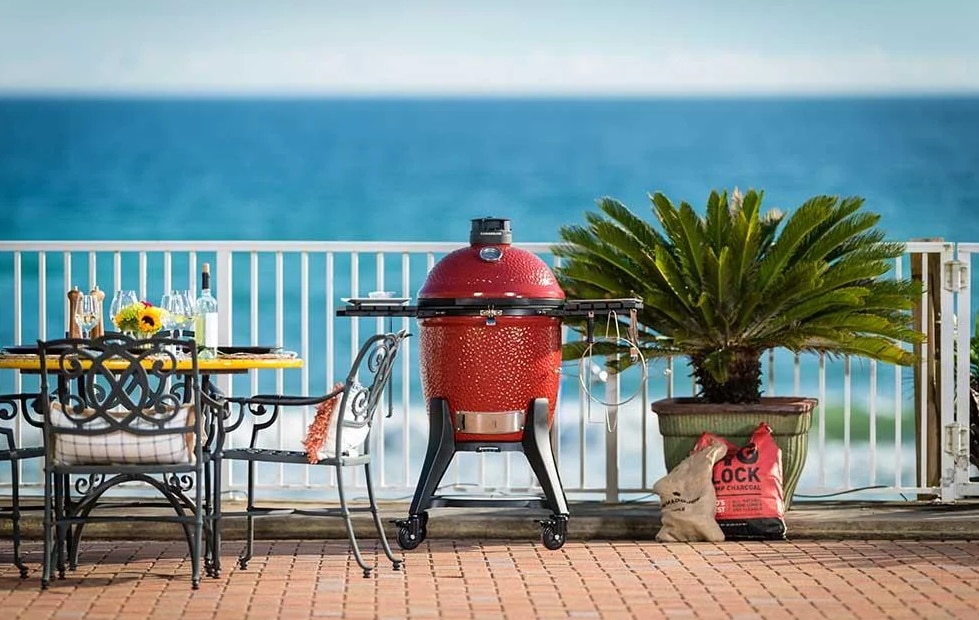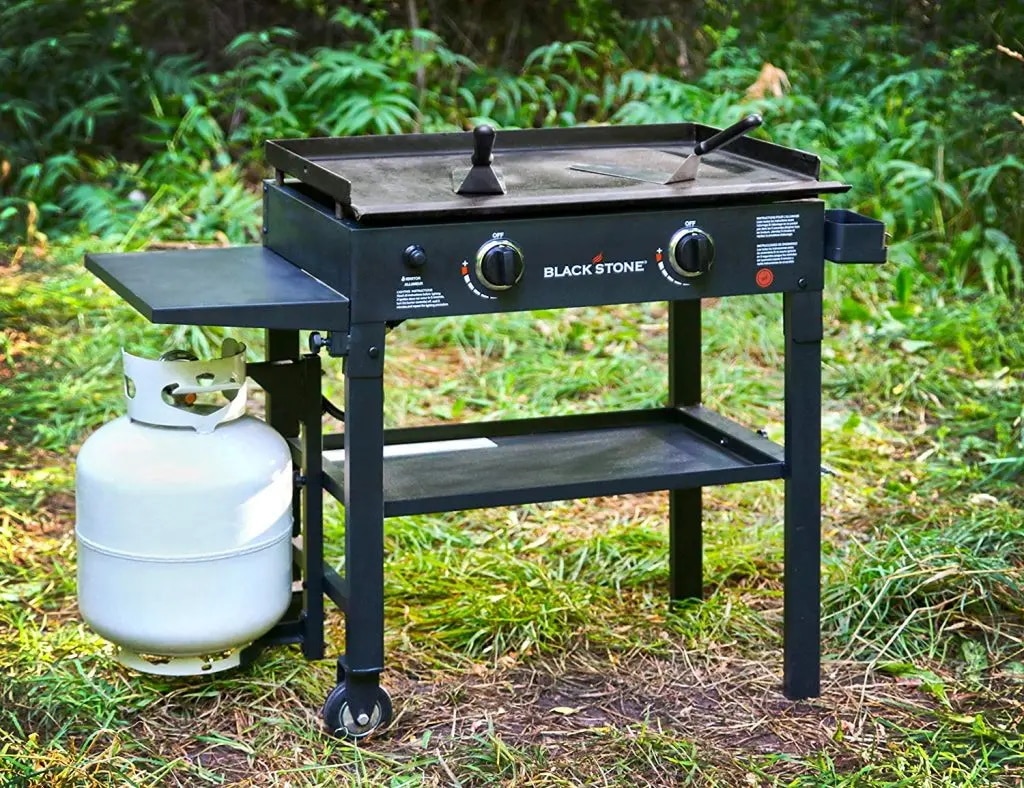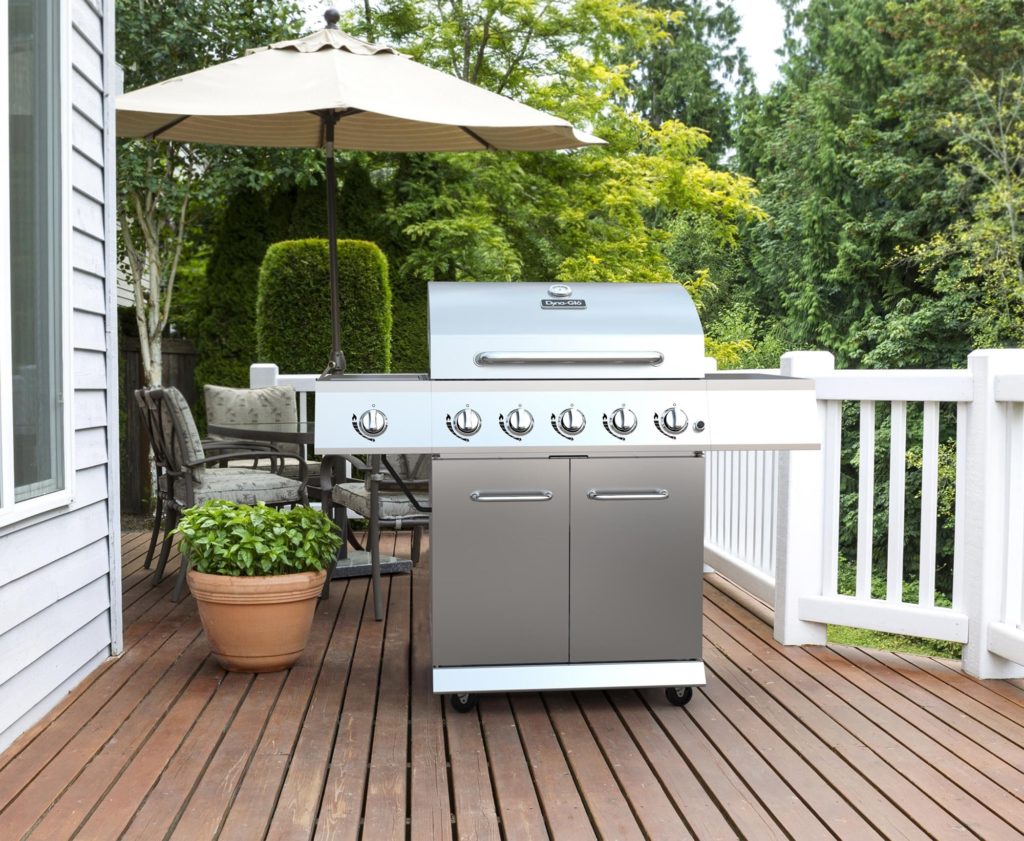
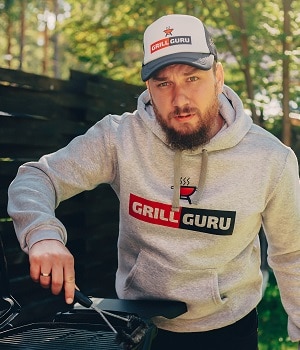
Many people think that a charcoal grill’s temperature is dependent on the amount of charcoal they use. This is not true! So how to control charcoal grill temp? The heat in the grill depends on the air dampers. The way you adjust the former determines whether the heat or temperature of your grill increases or decreases. When there is too much air in it, it gets hotter and hotter. The less air it has, the cooler it gets.
When you understand how this works, it becomes easy for you to lower the temperature on your charcoal grill. With this being said, you must know that there are various useful ways and techniques that you can use to control the heat in your grill or smoker. They are very easy to set up, and they prevent your food from burning. By applying them, you enjoy nice and well-cooked barbecue meals.

Once these three elements are united, the fire comes alive. Take one of those away, and it dies. It is your responsibility as the charcoal grill’s owner to ensure that your unit is well lit and that the flame is tamed. The electric charcoal starters can help you with that. When that is done correctly, you can consistently cook your food and follow your recipes’ timing easily. It makes you enjoy well-cooked meals.
How to lower temp on a charcoal grill? Before considering reducing the temperature, you must first measure the heat to know how hot your grill is. Although charcoal grill doesn’t necessitate some type of precision when it comes to its use, trying to cook different meals over the same level of heat affects the quality of your preparation. That is why you need to know when it is too hot so that you can tame the fire. You can know how hot a charcoal grill is by using one of these two methods:
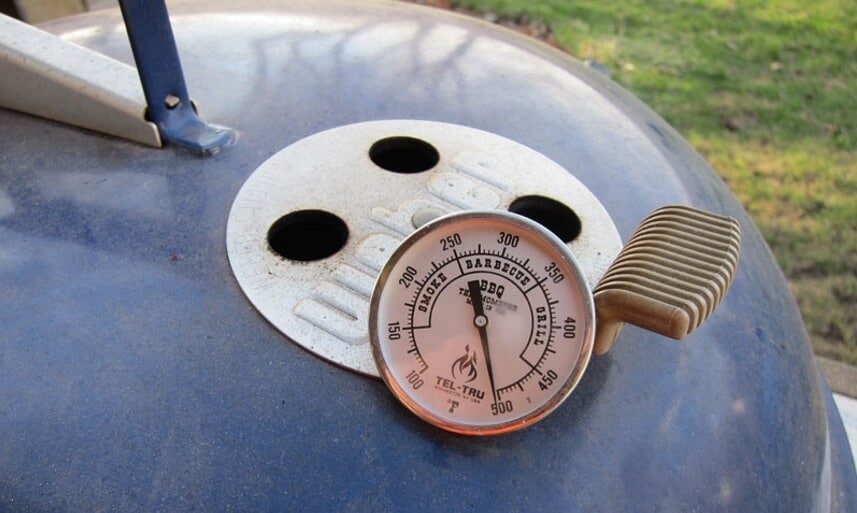
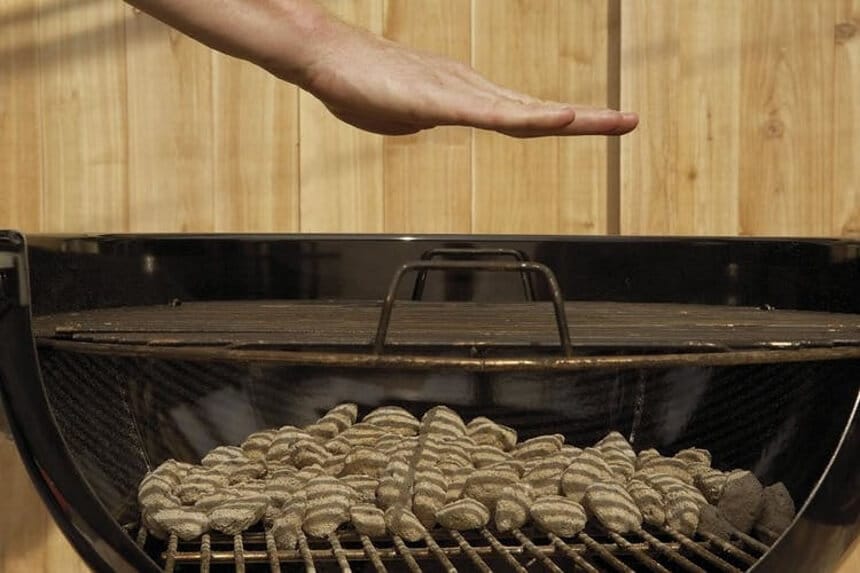
When putting your hand over the grates, if you have to pull it away after two to four seconds, then your grill is very hot, and its heat is high. On the contrary, if you put up with the heat for five to seven seconds, then the heat level is medium.
However, if you can put up with it from eight to ten seconds, then the heat level is low. Translated into Fahrenheit measures, the heat level appears as such:
If you are here, you probably want to know how to control temperature on a charcoal grill Trusted Source How to Control the Temperature of a Smoker - WikiHow Smokers are a great way to cook your food to perfection. It can take a while before your meal is ready to eat, but the results are well worth it. The dampers are the primary way to control the temperature, but you also have to consider other factors too, such as wind, fuel, and outdoor temperatures. Once you understand how these affect the smoker, you can become a master at smoking meat. www.wikihow.com . There are five ways that you can adjust or control the heat level. Depending on how you use it, you can end up relying on two or more of these methods. Either way, we must acknowledge each option. Knowing them will help you choose the appropriate one for you.
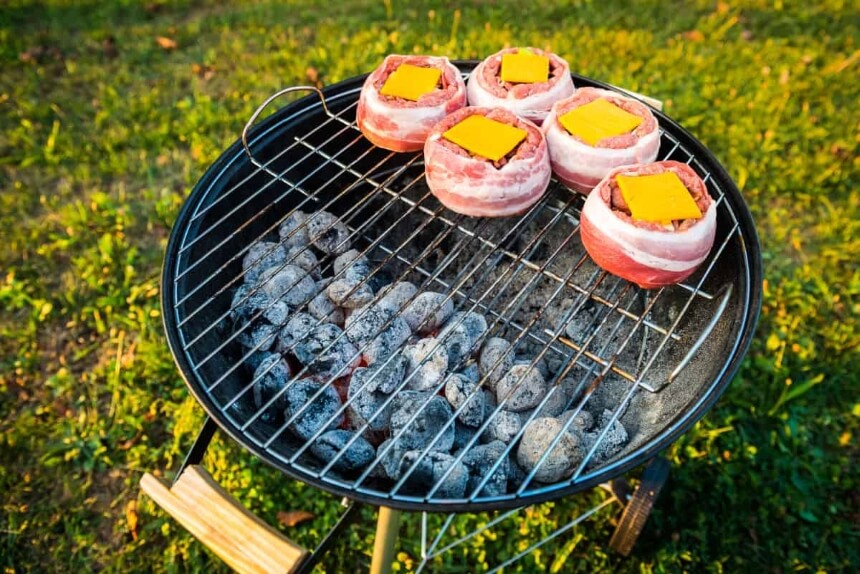
Concerning the second one (cooler or safer zone), you can use it for indirect convection heat, i.e., for cooking food across to the side without the charcoal underneath.
Separating your charcoal grill into a two-zone fire helps you move your cook your meals evenly. They will not only cook on the surface but also inside.

Whichever entry you use to bring in the oxygen, if the amount of oxygen in your unit is high, it will cause the fire to be hotter. That is why we recommend you reduce it by closing the vent. This will decrease or cause the fire to cease. When you find out that the fire’s level is too low, you can reopen the vent to bring in the oxygen.
Another best way to understand how vents works are by knowing that the exhaust damper controls the oxygen that gout out of the grill. Concerning the intake damper, it controls the amount of oxygen that comes in it.
Whether you are using your grill without the lid, always controlling the intake damper is important. The more it is opened, the more oxygen comes in and lights the charcoal. On the contrary, if you are cooking with the lid on, you must control the exhaust damper. Like we previously mentioned, its role is to enhance heat escaping. If you don’t want a high temperature, you can partially open it.
Regardless of the vent you are manipulating, always keep in mind that closed vents mean less oxygen and less fire/heat in the grill. Your charcoal, therefore, burns slowly. On the contrary, opened vents mean more oxygen inside and more fire/heat. This means that the charcoal burns rapidly.
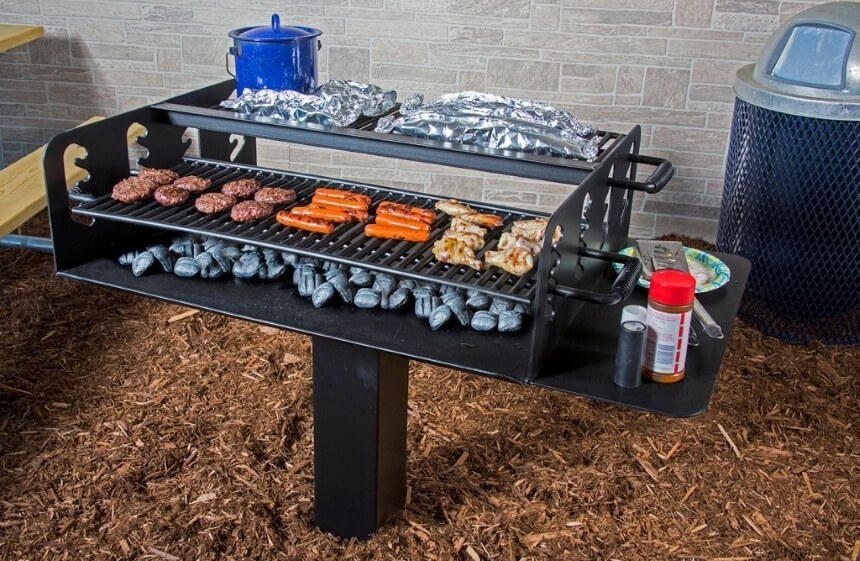
If your model doesn’t come with adjustable grill grates, you can shift the charcoals towards the back of the grill and monitor the heat by moving the food farther or closer to the source of the fire as the need arises.
Do you want to know how to control charcoal grill temp? Another easiest and practical way is by creating a grill shield or food guard. This helps you add another layer of protection between the source of the fire and your food. It means that the shield forms a barrier by preventing your food from burning and enhancing slow cooking. You can use aluminum foil to create the grill shield that you need. When using it, your food is not directly exposed to heat.
How do you create the grill shield with aluminum foil? Simply take some, and fold it like a letter you want to put in an envelope. To benefit from its protection, you can fold it in three layers thick. It will have more impact on temperature control.
Do you think that your charcoal grill does not produce enough heat to cook your food? We recommend you add more coals to it. It is not necessary to add lighter fluid. By adding coals to the existing ones, the lit ones will start the new ones.
For this method to be effective, however, you must plan it adequately. Firstly, know that unlit coals take 15 minutes at least to light fully. Therefore, you must not wait until the lit ones are almost out of the heat to add the new ones.
A good strategy to provide heat or flame to the new coals is by lighting a chimney and pouring the new coals inside. When it is sufficiently hot, you can remove them and add them to your charcoal grill.
Low-heat smoking is another excellent method to regulate the temperature on your charcoal grill. You can even apply the concept of the two-zone setup with this method. Instead of putting your food directly on the heat, you can place them in the safe zone. However, unlike in the high heat-scenario, you don’t need too many lit coals to achieve the correct temperature used for smoking (between 225 – 325°F).
You can also place lit coals into unlit ones and cook your food away from the direct heat source. The advantages of doing this are many: first, your charcoal grill will not run hotter than you need it to. It means you can easily start with a few lit charcoals to achieve the desired temperature, instead of starting with a lot of them and bring down the temperature.
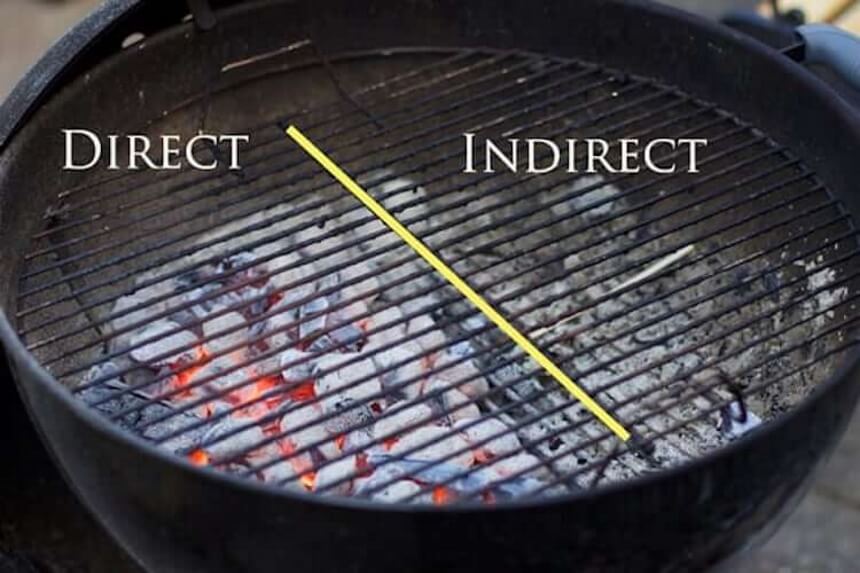
Direct cooking is used for cooking meals or food that require excessive or direct input into the heat source. It is recommended for meats, steaks, and all types of food that need cooking for 30 minutes and above. Using the direct cooking method is not difficult:
From time to time, you can remove the lid. It helps you control the airflow and prevents your food from burning. Also, make sure that you reduce lit coals as the need arises. It also prevents your food from burning and enhances even cooking.
When it comes to indirect cooking, we are suggesting the slow cooking of your food using the lowest source of heat. Using this method also requires regulating the temperature of your charcoal grill. However, setting up the grill here is different from the measures used in direct cooking:
Like direct cooking, if you want to cook your meals at a higher temperature, you must add some lit coals. However, if you need to cook your food longer, you must increase unlit charcoals.
When using a charcoal grill, there are other variables that you must keep in mind. They can determine how effective your model is and whether or not you can easily control or regulate its temperature. With this said, here is what needs to be looked out for.
The outside temperature has an important role to play when it comes to regulating your charcoal grill temperature. For example, maybe you are grilling or cooking on your unit in the middle of winter, and the weather outside is ice-cold.
This factor influences how easily you will be able to build the temperature in your unit. Indeed, the metal of your charcoal grill will be cold. Even if your charcoals are excessively hot because you poured some lighting fluid on them, the overall internal temperature of the unit will take much time to rise.
It means that cold temperatures affect the built-in temperature of your charcoal grill. In this case, you must be patient and cautious when trying to regulate the temperature.

Ensure that you empty the ash bin once in between cooking sessions, especially if you are using your charcoal grill all day.
Another variable that can affect the charcoal grill temperature is the wind. For example, if you are grilling with your lid open, you want to make sure that your unit achieves and keeps the right temperature. However, that might be a little bit tricky because each time the wind will blow, it will try to snuff out your grill’s flames. It is, therefore, your duty to ensure that it doesn’t happen.
The right thing to do here is to check the weather reports. If they are not reporting any wind speeds, then you can use your unit with the lid off.
Another thing you can do is install your charcoal grill perpendicular to the wind. This helps you prevent the wind from blowing off too much on your grill.
When using a charcoal grill, grease fires are bound to happen. Indeed, grease and fat always build-up, even if you clean your unit often. They usually build up when you are cooking a high volume of food. However, it is contained in a bin or basin on your grill.
When grease fires happen, you should avoid pouring a high quantity of water on them. As you know, oil and water don’t mix. What you can do, is spray little water on the fire. It will dampen some of the flames.
Now you know how to control charcoal grill temp. This unit is excellent in that it brings out their flavor and helps you cook tasty meals. Although it comes in several nuances, once you get past the learning procedure, it becomes easy for you to use it. If you have a charcoal grill appliance that you haven’t been using, we recommend doing so. On the contrary, if you feel that you need a replacement for your current grill, consider the Kamado Joe KJ23RHC Classic II. For short trips, you can go for the portable Weber Smokey Joe.
